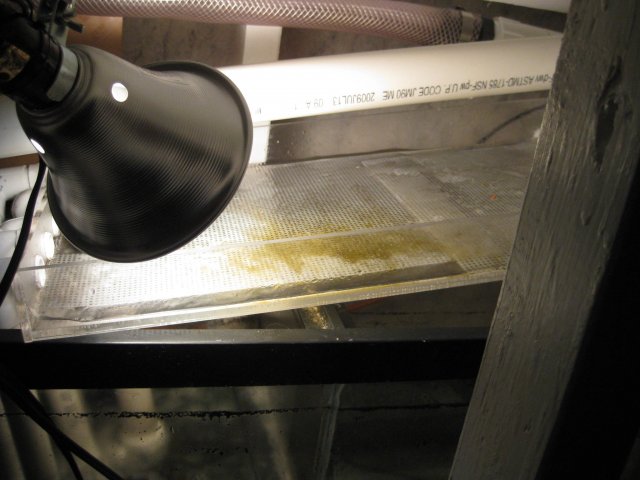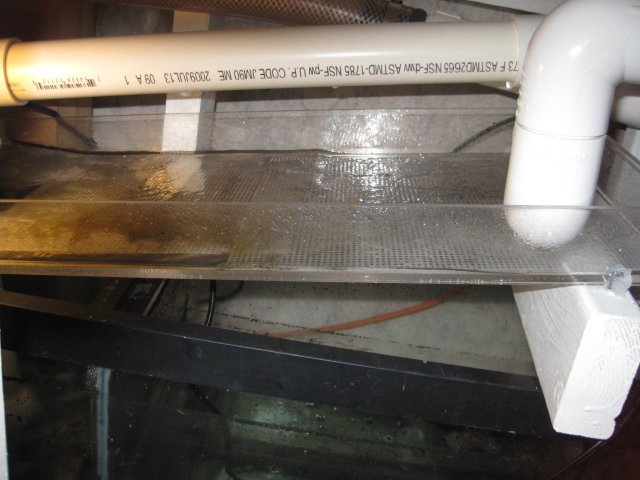The problem with having organisms in the display to eat it is that its not really removing it from the system. By using macroalgae or a turf scrubber, you are actually exporting nutrients. The algae sucks it up, and you pull it out and throw it away. If there is something in the tank eating the algae, the algae sucks the nutrients up, it gets eaten, and it gets put right back into the tank through the waste of whatever is eating it (less whatever is burned off in the form of calories by the organism doing the eating). That is why cleaning the screen on a turf scrubber is so vital - you use the turf to suck nitrate and phosphate out of the water column, then literally manually remove it from the system when you scrub the screen and throw the algae away.
Yeah...I would rather have it elsewhere than on my rocks in the display as well...I rip chunks of it out of the system on occasion. You think if I have a scrubber in my sump, the turf in the system will die off? Would the same thing happen if I ran a reactor with GFO? What happens to it when it dies? It just bleaches and disintegrates?





